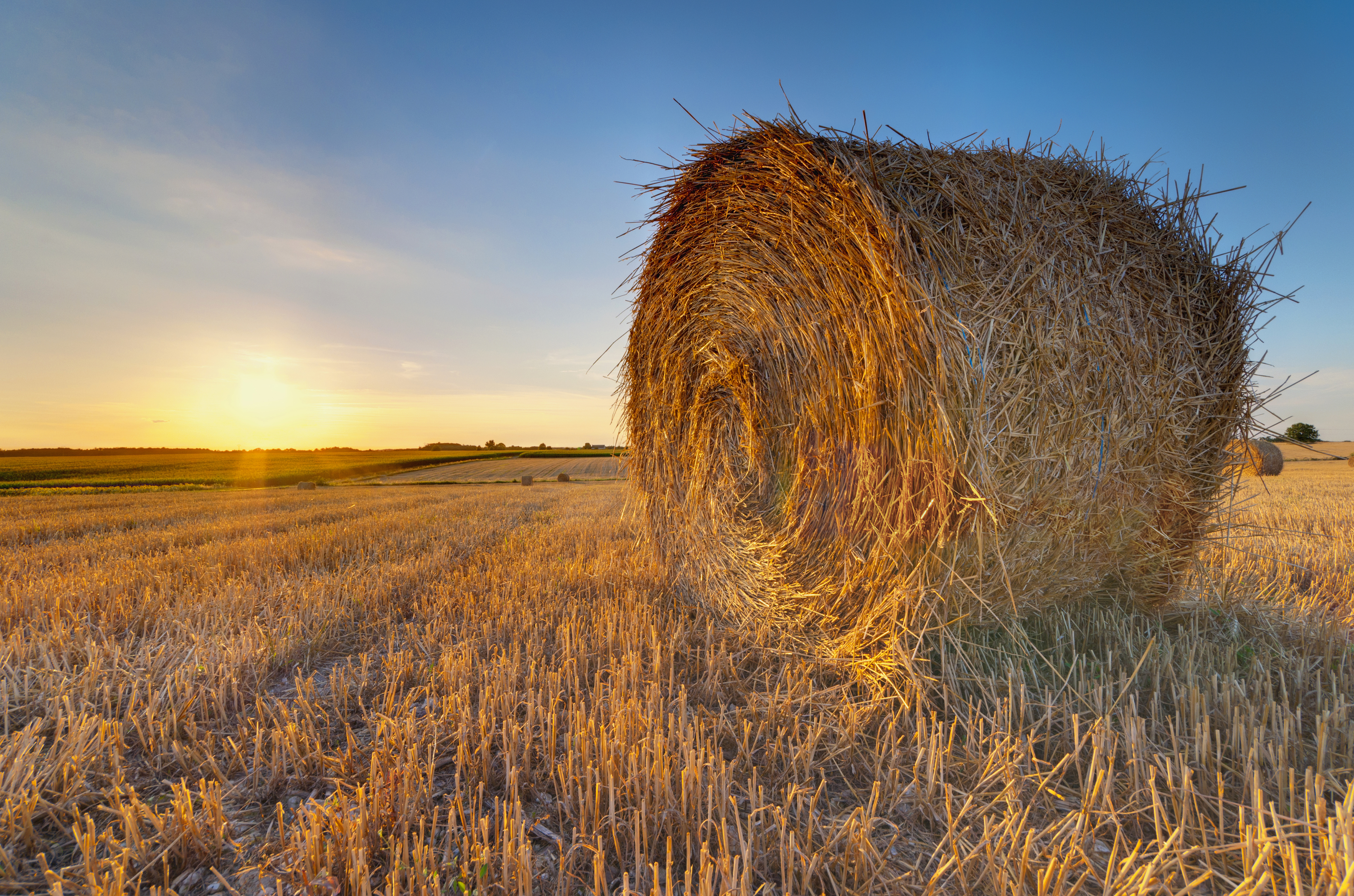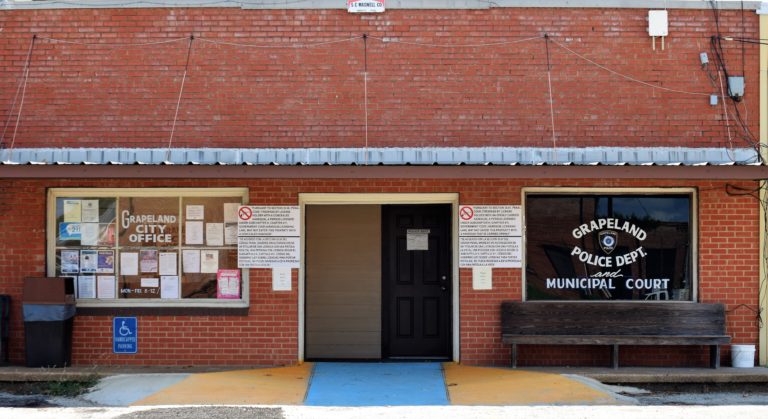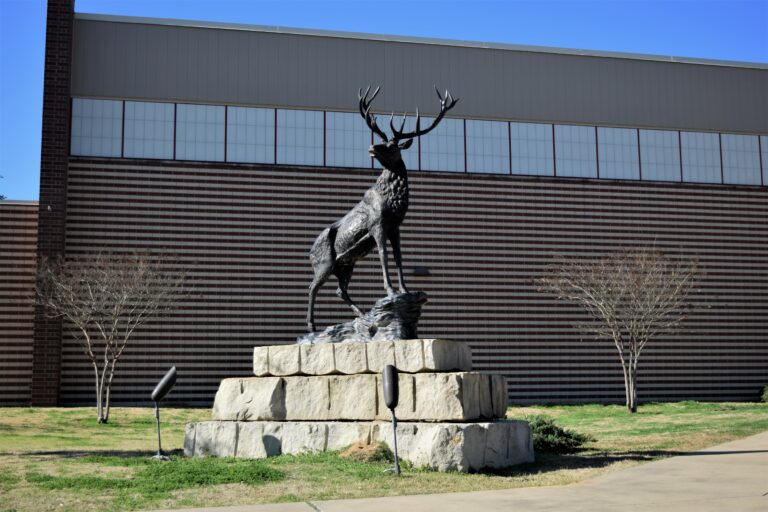County Extension Agent Discusses Hay Shortage

By Sarah Naron
Messenger Reporter
EAST TEXAS – For livestock producers throughout the local area, one of the most prominent current challenges is finding enough hay to carry their animals through the remainder of the winter.
“If you can find it, it is extremely expensive,” said Anderson County AgriLife Extension Agent Truman Lamb. “I am hearing anywhere from about $65-$100 a roll. That doesn’t really speak to the quality of the hay; some of those may be quality, others may not be.”
According to Lamb, the weather conditions experienced by the area throughout 2018 are primarily to blame for the shortage of hay.
“We had a real short spring, went into summer and turned off dry, so we didn’t get the cuttings that we normally would have gotten,” he explained. “Then, in the fall, we turned off wet, and we couldn’t get in and bale.”
Lamb spoke of “hundreds, if not thousands of acres” of hay which producers were unable to ever cut as a result of inclement weather.
“If we could get in and cut it and bale it, we could probably do it,” he said. “But the soil just won’t support heavy equipment at this time because of the saturation of the soil.”
The last similar occurrence, Lamb said, occurred in 2011 as a result of a severe drought.
“It was simply just because of the drought that we didn’t make any hay,” he said. “This time, it’s actually threefold – a lack of moisture during the growing season, and then, fall army worms and then, the fall rains.”
When asked for suggestions to benefit livestock producers in need of hay, Lamb recommended turning attention to producers located in different regions of Texas or outside of the state.
“Where the problem is going to be with that is freight – getting that hay put in here,” he said. “Freight on transporting hay is very expensive. Even if they bought it local at $65, they’re going to have to add freight to that.”
Freight costs, Lamb said, could easily raise the price of a single hay bale to as much as $80.
“If they buy it for $100, that’s $115 or so,” he said. “So, it’s a bad situation.”
Many livestock owners throughout the local area, Lamb said, have begun experimenting with various types of feed.
“You can purchase different feeds and maybe make that work if you’ve got a little hay,” he said. “In fact, there are some producers who don’t feed any hay; all they feed is grain cubes. So, that’s an option – of course, that’s an expensive option as well.”
For livestock owners who were able to help their cattle maintain a body condition score of six or seven prior to the beginning of the winter, Lamb said, losing “one or two body condition scores” is not considered detrimental.
“Now, for people that took those cattle into the winter at a body condition score of five or four – they’re going to be in trouble, more than likely, if they do not have hay or if they’re not feeding an adequate amount of grain.”
Lamb predicted a reduction in breeding in the event that cattle throughout the area do not receive adequate nutrition.
“We’re probably going to miss a bunch of calves, or those calves are going to be late,” he said. “The other thing is, those cattle that will be calving, if they are calving in poor body condition, they’re just simply not going to have the nutrition to be able to feed that calf adequately. So, it’s really important for producers to try to do the best that they can in trying to keep those body condition scores up.”
While unsure of long-range forecasts for the spring and summer weather for the East Texas area, Lamb said that a reduction of rain throughout the remainder of the winter would be the first step in ensuring a positive outcome for next hay season.
“If we can contain these winter rains and get some late spring rains, then we should be able to jump in there and cut a lot of hay during the first part of the hay season,” he said.
Among the most important tips Lamb had for those who produce their own hay was soil testing during the off-season, a process which will allow them “to determine exactly what that soil needs to produce the most amount of hay that they can.
“It costs you $12 a sample, but it takes all the guesswork out for your fertility program,” he said.
Hay producers who possess “volunteer” strands of annual ryegrass, Lamb said, will benefit from doing so.
“That’s going to help them a little bit later on, in late winter and early spring,” he explained. “A lot of the guys did plant ryegrass as well, and again, that’s going to help with protein level and giving those cattle something to eat.”
Sarah Naron may be reached via email at [email protected].






